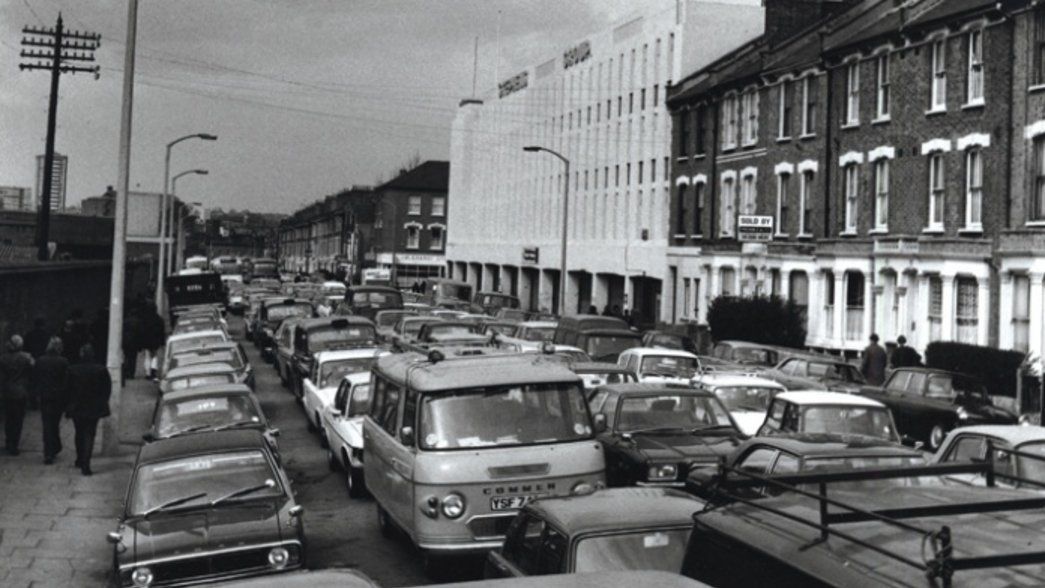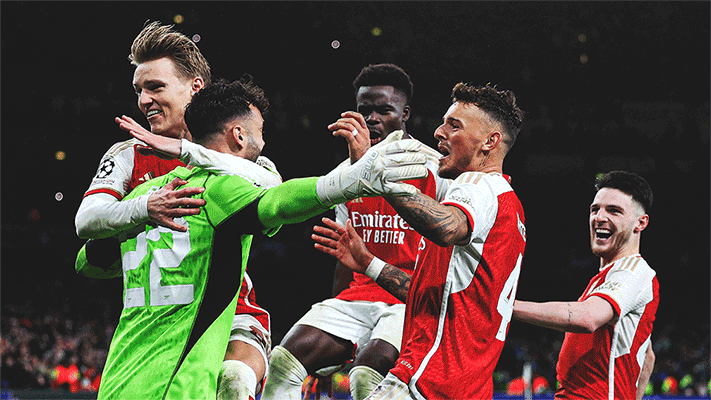When it comes to watching the Arsenal, Drayton Park’s always been about the coming and the going.
Snaking round from the western end of Gillespie Road to the junction with Holloway Road, it’s always been one of Islington’s strangest streets: as wide as Holloway Road but without the traffic, apart from on those afternoons and evenings back in the day when the Club was playing at home.
Now Drayton Park marks a line between Arsenal’s past and its present, providing the Club with its permanent address at Number 75 Highbury House. The area known in the 19th Century as Highbury Hill Park, which stretched all the way through to Hornsey Road, was actually one of the last pieces of open ground to be developed in Highbury. The original plan was to build villas and semi-detached homes, all part of the Victorian suburbanisation of Islington.
Instead, the railway revolution intervened and the Park was split in two in 1874 by the GNER’s Canonbury Spur line. As a result, Drayton Park – the road – was left broad but un-leafy: terraced houses sprang up along its eastern side but they were opposite high brick walls behind which trains rumbled into and out of the City.
Drayton Park station opened in 1904, carrying passengers down to Moorgate. The station was under the control of the Metropolitan Railway and, on the afternoon Arsenal played their first game at Highbury, as many as 5,000 fans were said to have used it to get to the ground. In future decades, the station enjoyed a chequered history as both a tube and overground stop. The line still carries commuters to and from work every rush hour but its days as a supporters’ destination are done: the station closes atweekends and at 10pm during the week.
During the late 50s and early 60s, Drayton Park became essential to the modern matchday. Supporters started to arrive for Arsenal games in their cars and away fans began to travel in their hundreds by motor coach. Pre-match traffic would be directed along parallel streets and round to face south along Drayton Park, five and six deep across the road and stretching all the way from the station down to the corner of Gillespie Road, ready for a slow getaway after the game. Drayton Park, for the best part of 30 years, was Arsenal’s car park.
Also part of every matchday during the 60s and 70s – for the collectors, anyway – was a visit to the musty little programme shop which sat behind unprepossessing frontage just south of Elfort Road. It’s gone now. And so have the cars when Arsenal are at home. The move from Highbury, though, has given Drayton Park a new lease on life: supporters pour off it and over the Ken Friar and Danny Fiszman bridges towards the new stadium, including away fans who drink in the old Drayton Park Hotel on the corner of Martineau Road. And, as part of the Emirates development, those houses planned back in the 19th Century have finally been built, albeit as flats which look out over the railway line and across to the Home of Football.
As well as the club offices, Drayton Park is also home now to the community department which runs from a corner unit adjacent to the Danny Fiszman Bridge. And our nearest neighbour, of course, lies just along Drayton Park: Drayton Park Primary School on the corner of Arvon Road where the Club has recently helped fund a new classroom and art studio through the Arsenal Foundation.
Copyright 2024 The Arsenal Football Club Limited. Permission to use quotations from this article is granted subject to appropriate credit being given to www.arsenal.com as the source.










